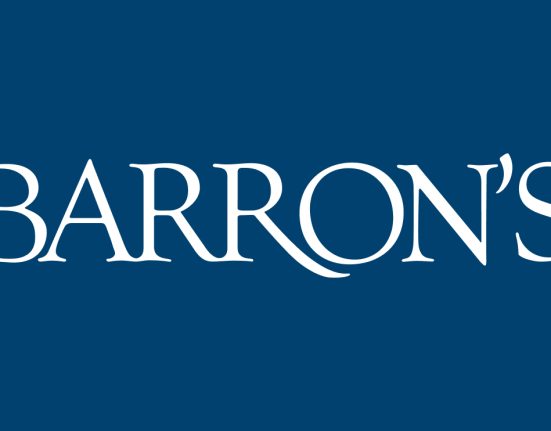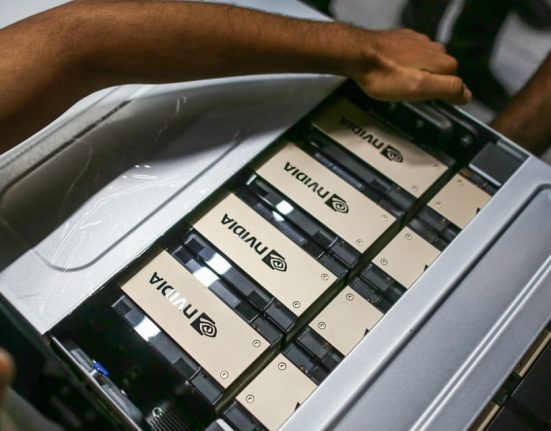Margin debt, the sum total investors have borrowed from their brokerage firm to buy new shares, is on its way up this year.
Margin debt reached $775 billion in April, the most recent month available. That’s down 1.1% from March, but up 11% from January, according to data from Finra, the brokerage industry’s self-regulatory organization. The margin debt level is still well below the record set in 2021 when it topped $900 billion.
This year’s increase is an indication of some investors’ willingness to take increased risk as well as engage in more active trading strategies. This week’s surge in
GameStop
,
poster child for the meme stock craze, which roughly coincided with record levels of margin debt in 2021, is another potential proof point of the early trend.
Investor engagement has been increasing more broadly, not just among active traders. Daily average revenue trades were up for brokerage firms such as
(which owns E*Trade), and
in the first quarter. Wealth managers and brokerage firms reported increases in net new assets for the first quarter.
These developments come against a backdrop of rising markets, which have hit new highs, The S&P 500 and the Nasdaq are up 11% and 13.5% this year, respectively.
Advertisement – Scroll to Continue
Some brokerage accounts have made changes to tap into investors’ desire to trade on margin.
made a splash recently when it slashed rates it charges on margin loans nearly in half.
added an ability to trade on margin to its Citi Self Invest brokerage accounts this year.
Should investors be worried? Margin lending is a strategy that can boost returns, but it also carries risk because traders use their existing stockholdings as collateral. If prices decline, then they may be forced to sell other holdings to raise cash needed to pay off margin loans. “It magnifies your negative returns to the same degree it magnifies your positive returns,” says Steve Sosnick, chief strategist at Interactive Brokers.
However, margin debt as a percentage of the stock market’s total value stood at just 1.6% as of April 30, below its most recent highwater mark of 2% on Jan. 31, 2021, according to Ned Davis Research.
Advertisement – Scroll to Continue
Robinhood recently drew attention when it slashed rates it charges on margin loans. The discount may help it win more business, but in terms of overall use of margin, it’s marginal. Robinhood’s margin book was $4.1 billion as of the end of the first quarter, compared with Schwab’s $68.1 billion, according to a research note by J.P. Morgan Securities analyst Kenneth B. Worthington.
“Robinhood remains a small player in the margin lending landscape, but we see these lower rates as another reason a more active investor (a heavier user of margin) would consider joining the Robinhood platform,” he wrote.
More importantly, there are some big differences between markets today and when margin debt was at a peak. In 2021, when meme stock mania challenged conventional investing rules, interest rates were much lower than they are now. “It makes sense that we saw a big run up in 2020 and 2021 because there was a combination of a roaring bull market and basically free money,” says Sosnick.
Advertisement – Scroll to Continue
He adds: “There may be elements of euphoria in the market but it is not outright euphoric as it was during the pandemic-era market.”
And there are also other ways than margin debt that investors can add risk if they so desire. Ed Clissold, chief U.S. strategist at Ned Davis Research, says one reason that margin debt hasn’t soared is the growing popularity of zero-days-to-expiration, or 0DTE, options (options contracts that expire before the end of the day). “Investors who want short-term leverage can do so via the options market, making margin debt less attractive,” he says.
The popularity of zero-dated options, along with shares of retailer GameStop soaring after posts by Keith Gil, a.k.a. Roaring Kitty are signs some investors may feel like it’s 2021 again. But as far as margin debt levels are concerned, this is no blast from the past.
Write to Andrew Welsch at andrew.welsch@barrons.com






